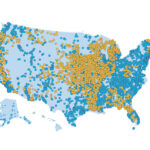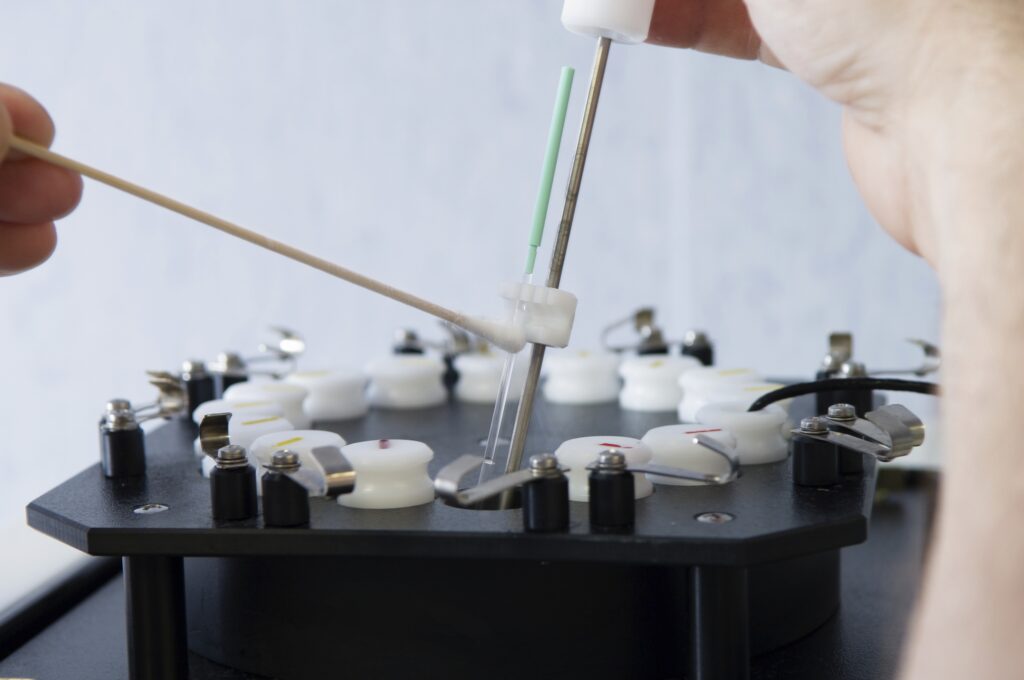New California Grants Once Again Bolster Ethical Stem Cell Alternatives
The most recent round of grants by the California Institute for Regenerative Medicine (CIRM) demonstrates – again – where the future of stem cell research lies.
As documented in a previous publication on this website, since its first round of grants to specific research projects in 2007, CIRM has been steadily moving away from its original mission to give preferential treatment to funding for human embryonic stem cell research (hESCR). Instead, after adopting a renewed emphasis on translating research into clinical trials, CIRM has more and more shifted the bulk of its grants towards funding research utilizing adult stem cells and other alternatives to hESCR, such as induced pluripotent stem cells (iPSCs).
This trend was again clearly on display when in March of this year CIRM distributed $32 million in grants. All of the money went to nine research projects involving iPSCs; none to hESCR.
A $10 million grant went to establishing a stem cell bank “responsible for receipt, expansion, quality characterization, safe storage and distribution” of iPSCs. The fact that to date CIRM has declined to fund the establishment of a similar bank for human embryonic stem cells may reasonably be read as an indication that CIRM sees little value in doing so.[1]
Another $16 million was awarded to a program to generate 9,000 iPSC lines, to be made available to stem cell researchers investigating a variety of diseases. By way of contrast, a previous round of grants (2008) to “support the derivation and propagation of new lines of pluripotent human stem cells” — the “New Cell Lines Awards” — distributed $24 million to 16 recipients. Eight of those projects involved hESCs (with five of those also including iPSCs). The other eight funded projects were for iPSC research alone. In this current round of grants, iPSCs have completely replaced hESCs in funding for the generation of new pluripotent stem cell lines for research.
The remaining 2013 funds went to seven projects to collect tissue to generate disease- specific iPSCs for use in disease modeling. This is an area where iPSCs are proving especially useful in the pursuit of therapies for use in clinical trials. Disease modeling involves developing an iPSC line using somatic cells taken from a patient with a specific disease, e.g., Alzheimer’s. These lines then allow researchers to observe the origins and development of the disease and also to test new medicines for the disease.
Announcing this round of grants, CIRM characterized them as a “new approach to advance research.”
Indeed it is. And the lack, once again, of funding for hESCR only serves to highlight how old and dated that approach to finding treatments and cures increasingly seems.
[1] One of the nation’s premier banks for storing human embryonic stem cells, the University of Massachusetts Stem Cell Bank, closed in 2012 just four years after it was first approved; press reports noted that the bank had become “obsolete” as a reason for its closure.
























